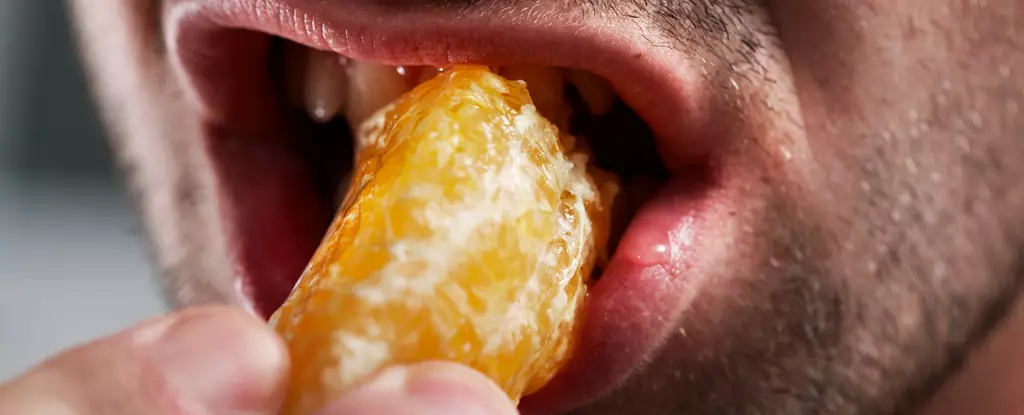Imagine sitting quietly in a room when suddenly, a sound pierces the tranquility—a fork scraping against a plate, the rhythmic sounds of someone chewing, or the unsettling vibrations of a person snoring nearby. For most, these occurrences may elicit fleeting annoyance; however, for individuals suffering from misophonia, the reaction can be overwhelming and deeply distressing. This debilitating sensitivity to specific sounds appears far more widespread than previously acknowledged. Recent research not only confirms this heightened prevalence but also delves into the interconnectedness of misophonia with various psychological conditions, hinting at shared genetic roots that could unlock new avenues for treatment.
A comprehensive 2023 study led by psychiatrist Dirk Smit at the University of Amsterdam explored the genetic dimensions of misophonia, employing extensive data from reputable databases such as the Psychiatric Genomics Consortium, UK Biobank, and 23andMe. The findings revealed that individuals who identified as having misophonia demonstrated a higher likelihood of possessing genetic markers associated with mental health issues such as anxiety, depression, and even post-traumatic stress disorder (PTSD). Furthermore, a notable correlation was identified between misophonia and tinnitus—a condition characterized by persistent ringing in the ears—which shares a common ground with emotional distress disorders.
Smit emphasized that this discovery could suggest a shared neurobiological framework influencing both misophonia and PTSD. While such genetic overlap does not define a direct causational link between these disorders, it highlights the need for further investigation into the underlying biological and psychological mechanisms at play.
In addition to uncovering genetic links, the study also shed light on the psychological traits commonly associated with misophonia. Many individuals with this condition tend to internalize their discomfort, often experiencing feelings of guilt, anxiety, and heightened emotional vulnerability. This sentiment aligns with previous research that indicates a significant association between misophonia and traits such as neuroticism—characterized by anxiety, moodiness, and emotional instability.
Essentially, the act of hearing a triggering sound can invoke intense reactions ranging from mild irritation to severe distress that can disrupt daily activities. Smit’s team posits that the distress arises not merely from the external irritant but stems from internal feelings of guilt concerning the anger elicited by these sounds. This perspective raises intriguing questions about coping mechanisms and approaches to treatment for those affected by misophonia.
Examining Misophonia within Broader Contexts
Conversely, previous assumptions about the relationship between misophonia and autism spectrum disorder (ASD) have been challenged by these findings. It was anticipated that individuals with ASD, who typically exhibit lower tolerance for sound, would also show increased instances of misophonia. Surprisingly, the research suggests that misophonia and ASD are relatively independent disorders regarding genetic variations, which introduces the possibility of multiple manifestations of misophonia driven by different emotional triggers.
Moving forward, the study illuminated a critical understanding that further research is necessary, particularly among diverse populations beyond the predominantly European samples utilized in this study. Misophonia was reported based on self-identification rather than clinical diagnosis, which leaves room for variability in understanding the true prevalence and impact of the disorder.
The implications of Smit’s 2023 research highlight the significant need for a more profound examination of misophonia to establish effective treatment protocols. With the established genetic and psychological correlations, future studies could potentially focus on integrating insight from PTSD treatment methodologies, offering new strategies for managing misophonia’s debilitating effects.
As society becomes increasingly aware of the psychological spectrum of sound sensitivities, greater focus can be applied to unraveling the complexities of misophonia and unlocking pathways toward adaptive coping strategies, psychological support, and, ultimately, improved quality of life for those affected. Understanding the depth of emotional responses tied to auditory stimuli might not only pave the way for effective interventions but also challenge our perceptions of anxiety and irritation in the context of sound.

